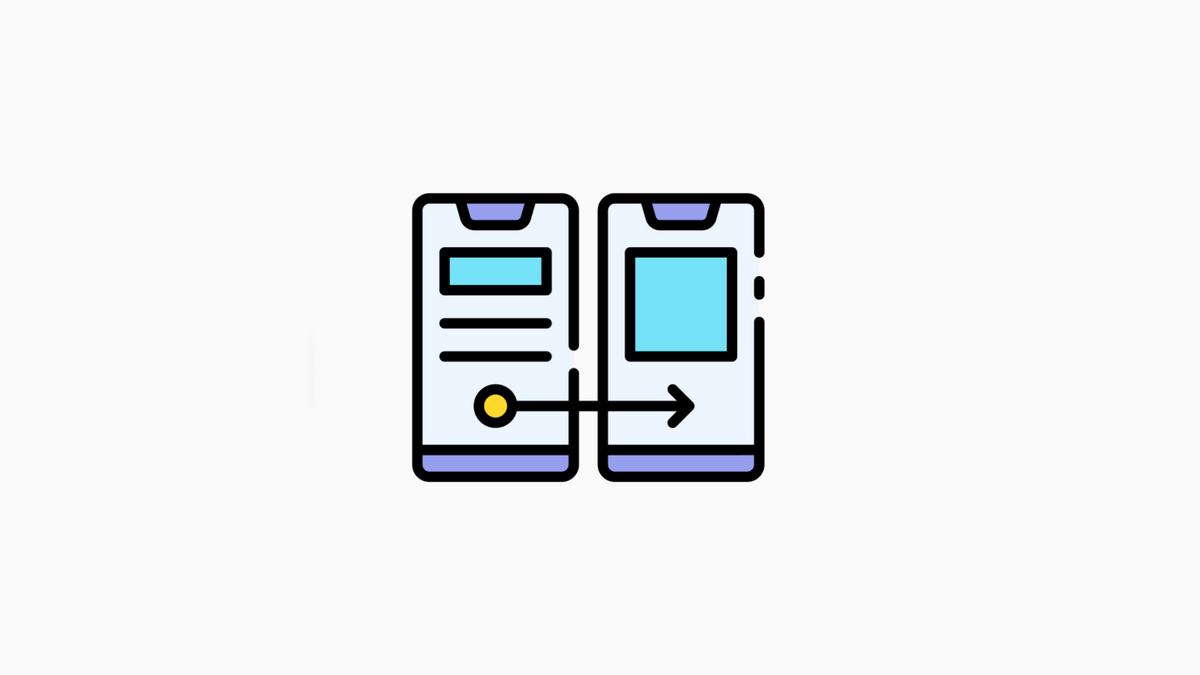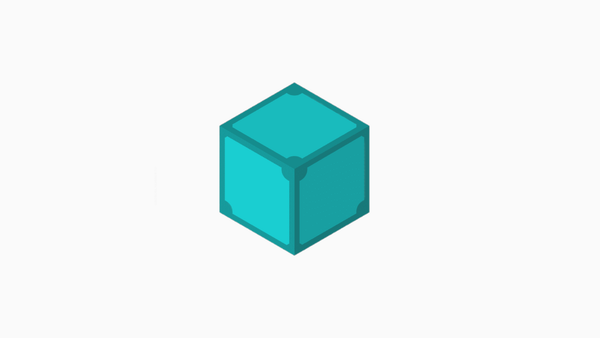Power Of Prototyping

Prototyping is a process that can help you visualize your ideas and test their feasibility.
Creating a prototype lets you see how the idea works in practice and make changes or improvements before investing too much time or money into it.
Prototyping can be done with a wide variety of materials, and many different software programs can help you create prototypes.
The most important thing is to start with a rough idea of what you want to create and gradually refine it until you have a final product.
Prototyping is a powerful tool that can help you save time and money, and it’s well worth the effort to learn how to use it effectively.
Prototyping: Time and Improvement
Benefits of prototyping: Prototyping can help you save time and money, and it can help you improve your product.
Prototyping allows you to test your ideas with a working model before investing in a final design. This can save time and money because you can avoid building a product that doesn’t work well or that customers don’t want.
Prototyping also helps you improve your product. For example, you can use feedback from prototypes to make changes that will make the product more appealing to customers or easier to manufacture.
Types of prototypes: There are many different prototypes, and each has its advantages and disadvantages.
Prototypes can be extremely helpful when designing and developing a product. There are many different prototypes, and each has its advantages and disadvantages. Here are three of the most common types of prototypes:
1) Paper prototypes are often used during the early stages of product development. They are simple drawings or sketches that help you visualize how the product will look and work.
2) Functional prototypes are more detailed than paper prototypes, including features that work. This type of prototype helps get feedback from users and test the feasibility of your design.
3) Physical prototypes are the most realistic type of prototype, and they can be used to test the look, feel, and function of the product. However, physical prototypes can be expensive to produce, so they’re typically used only near the end of product development.
How to create a prototype: There are many different ways to build prototypes, and each has its advantages and disadvantages.
There are many different ways to create prototypes, and each has its advantages and disadvantages. The most important thing is to find the method that works best for you and your team.
Some standard methods of prototyping are paper prototypes, wireframes, and mockups. Paper prototypes are cheap and easy to create, but they can be difficult to modify once they’re made. Wireframes are more flexible than paper prototypes, but they can be more time-consuming to develop. Finally, mockups look the most like the final product, but they can also be the most time-consuming and expensive to create.
The best way to find out which method is right for you is to try out a few different techniques and see which one works best.
How to use a prototype: Prototypes can be used in many different ways, depending on your needs.
A prototype is an early version of something that may be used to test its feasibility or get users’ feedback. Prototyping can help you clarify your ideas, design better products, and communicate with stakeholders.
There are several prototypes, but the most common type is a paper prototype. A paper prototype is a simple, low-cost way to test your product idea. It consists of sketches or drawings of the user interface on paper.
To create a paper prototype, start by sketching out the screens and flows of your product. Next, add labels and text to explain what each screen does. Finally, please print out the prototype and test it with users.
Prototyping is a powerful tool that can help you improve your product and save time and money.
Prototyping is a valuable tool that can help you improve your product. It can help you save time and money, and it can help you get feedback from users.
If you are thinking about creating a new product, I encourage you to consider prototyping.




